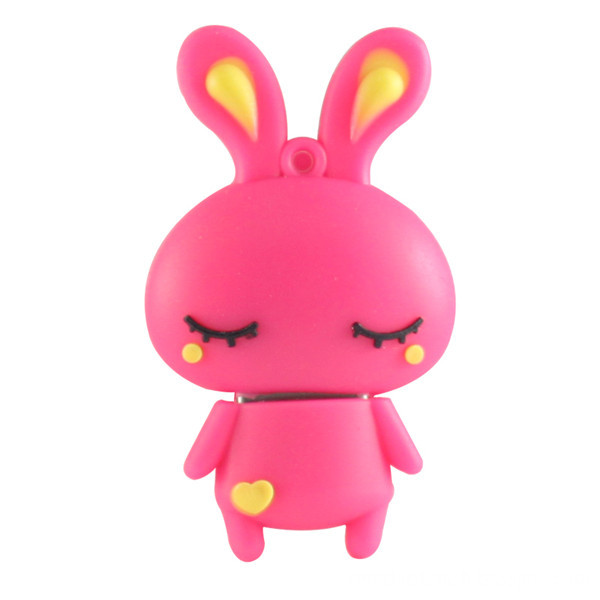Indian operators have obtained broadband wireless access spectrum, and some countries with low wireless broadband penetration have great potential. They need to urgently improve the level of network technology to achieve global synchronization. Various countries are grasping the progress in the implementation of LTE. Of course, market demand is still the driving force for the mature development of LTE. The maturity of technology and network will accelerate the commercialization of LTE. According to GSMA statistics, currently 64 operators in 31 countries have committed to deploy LTE commercial networks, of which 22 LTE networks will be officially commercialized by the end of 2010, and 39 LTE ​​networks will be commercialized by the end of 2012. In the Chinese market, LTE products will not be available until 2010 at the earliest, and it is only possible to make the wireless broadband market enter a large-scale commercial stage in 2012. Challenges brought by LTE base stations include high throughput of antenna data, low latency of signal processing, support of multiple standards, and low power consumption. In addition, the power consumption and performance of LTE terminals also face huge challenges, and the focus will also be on breaking through weak links such as terminal chips and meters to form a relatively complete industrial chain. LTE also requires corresponding progress in test technology. LTE terminal baseband chip R & D, RF chip R & D and data card terminal R & D projects are all challenging. If there is no corresponding test program and instrument, it will greatly hinder the implementation and promotion of LTE technology. Due to the high throughput requirements of LTE, higher requirements are placed on the bandwidth and dynamic range of the transmit and receive channels. The ADC / DAC bandwidth and dynamic range previously used in TD-SCDMA BBU and RRU cannot meet the requirements. The LTE standard requires a larger ADC bandwidth (20M or higher) and a larger dynamic range DAC (16Bit 1GSPS or higher). At the same time, the dynamic range of the feedback channel DAC also has higher requirements (11 bit, 200MSPS or higher). At the same time, the noise and linearity of the device have higher requirements. To this end, ADI launched the AD6642 and AD6657 (TXADC), which are dual-channel / quad-channel, 11-bit, 200Msps IF receivers in time. The integrated reference voltage source and clock duty cycle stabilizer can enhance performance and simplify system design. The AD6642 and AD6657 also provide noise pushing technology. Through noise pushing, the noise of the entire frequency band can be pushed out of band (invalid bandwidth) to improve the signal-to-noise ratio in the band. The signal-to-noise ratio of the 14-bit 200M ADC can be achieved in the band. The dual-channel 16-bit digital-to-analog converter AD9122 (RXDAC), this product can support the high data rates and complex modulation schemes required by the world's advanced multi-carrier wireless and broadband communications equipment. A low-power multi-output clock distribution function with low jitter performance AD9523 (Clock) can support the clock requirements of long-term evolution (LTE) and multi-carrier GSM base station design. AD9523 provides dual phase-locked loop structure, one phase-locked loop is used for jitter elimination, and the other phase-locked loop is used for frequency multiplication. This can provide customers with high-precision, low-jitter performance clock. And optimized specifically for high performance, low power consumption and ease of use, the 11-bit single-chip sampling analog-to-digital converter AD9230-11 (DPD ADC) meets the requirements of the LTE market. LTE base stations must increase data flow capacity (cellular capacity) for intensive data processing tasks, and put higher demands on the integration and cost of radio frequency circuits. In order to solve the problem of high-density integration of RF cards, ADI has introduced new ADRF660x series mixers and ADRF670x series modulators for the breakthrough RF circuits of LTE and 4G cellular base stations. The new highly integrated RF mixers and modulators can Realize high-density radio frequency cards to increase the capacity and speed of LTE and 4G base stations. The product integrates multiple discrete function modules into a single device, and can meet the stringent performance required by higher capacity base stations, realizing these high-density RF cards. With this unprecedented level of integration, base station manufacturers can significantly reduce board space by 60% and significantly reduce bill of materials costs. At the same time, the supporting devices of the ADRF660x and ADRF670x series products can help achieve a complete RF transceiver: AD9230 analog-to-digital converter, AD9122 TxDAC digital-to-analog converter, ADL532x transmit driver, ADL552x LNA amplifier, and AD9520-x series clock IC. 2010 was the most landmark year in China's LTE industry. China Mobile completed the deployment of the TD-LTE test network and provided high-speed wireless broadband services in the Shanghai World Expo Park. After that, China Mobile will also carry out large-scale TD-LTE test network construction projects in three cities, and China Mobile ’s TD-LTE test network. With the overseas experiment network, all this indicates that TD-LTE large-scale commercialization is about to start in full swing. ADI has launched a number of products suitable for TD-LTE transceiver channels, such as: dual-channel and quad-channel IF receivers for multimode digital 3G receivers, diversity radios, and smart antenna (MIMO) systems: AD6657 and AD6642, which The device can achieve the signal-to-noise ratio of the 14-bit ADC through noise pushing; optimized for dual-channel transmission applications, wide effective bandwidth (40M), AD9122 16-bit digital-to-analog converter; can support long-term evolution (LTE) and multi-carrier The clock design of the GSM base station requires AD9523, AD9524 (with clock debounce function); 11-bit 200M sampling rate, AD9230-11 which supports DPD feedback channel sampling. ADI also launched the MS-DPD development board suitable for LTE development. Customers can interconnect and debug MS-DPD with various FPGAs in the market.
Let our team of experts design and build your very own soft pvc material, metal material and plastic material custom shaped Cartoon Usb Flash Drive. Such as 3D chickren animal Cartoon Usb Flash Drive, Cute Monkey Cartoon USB Flash Drive, Lovely Panda Cartoon USB Flash Drive and so on.
All you need to do is send us a photo or sketch, we will then send you a FREE mockup of your design for approval.
Once you have approved your design, you can have your order of custom shaped Cartoon USB Flash Drive in just 1 weeks.
For inspiration, feel free to have a quick look at our custom shape Cartoon USB Flash Drive gallery below.
Please note, the minimum order quantity for this service is only 100 UNITS, with memory sizes available from 32MB to 128GB.
Cartoon USB Flash Drive is An ideal way to store all your pictures, documents, music and videos. Cartoon USB Flash Drive Can act as a wonderful gift for your friends and families and A great way to distinguish your masses of USB flash drives from each other as our cute USB come in a variety of variations for every day use.
Cartoon Usb Flash Drive Cartoon Usb Flash Drive,Car Shaped Usb Flash Drive,Pvc Cartoon Usb Flash Drive,Cartoon Panda Usb Flash Drive Reteck Storage Device Co., Ltd. , https://www.reteck.com


We are a professional Chinese manufacturer of Cartoon USB Flash Drive, and look forward to your cooperation!